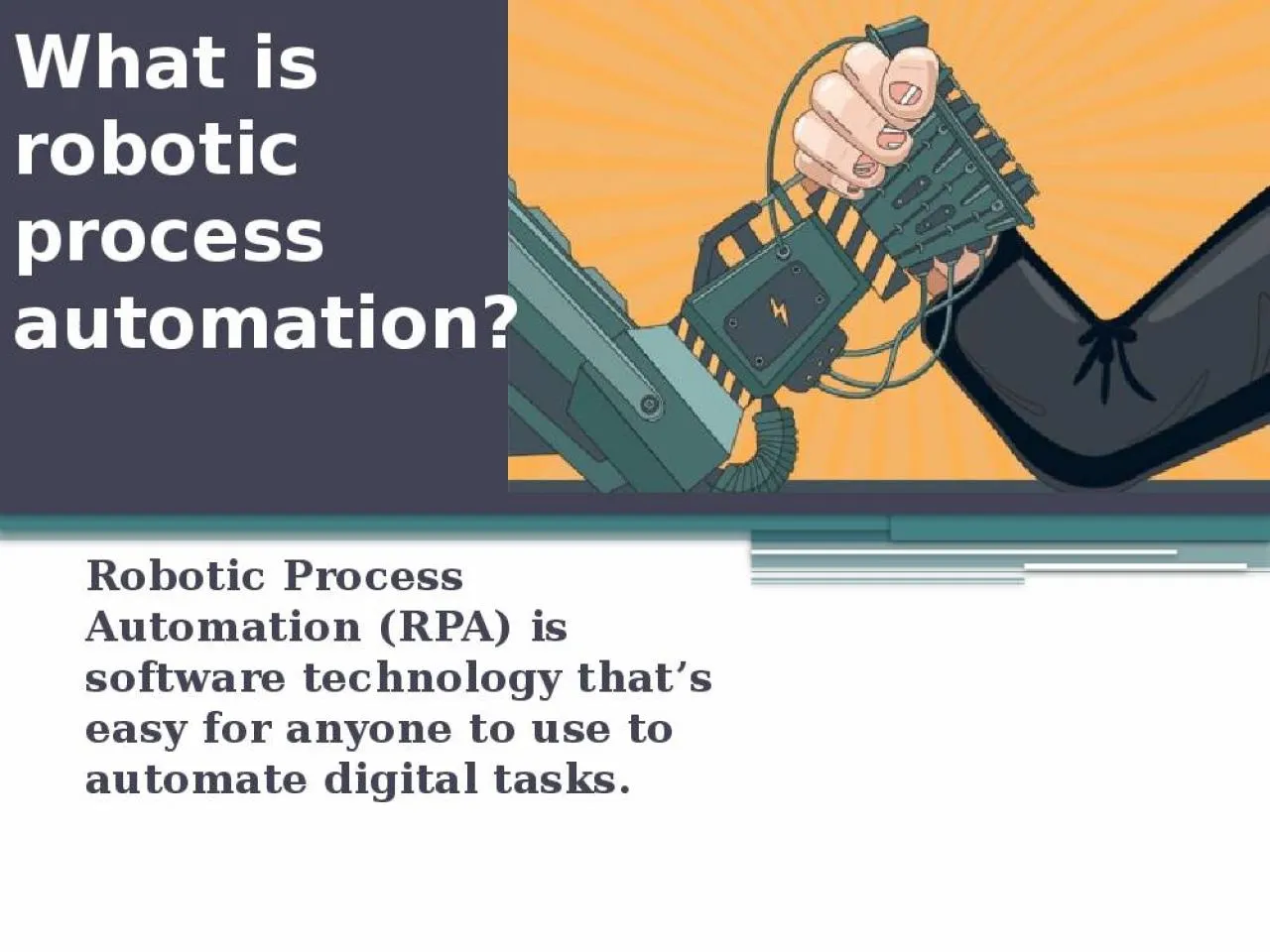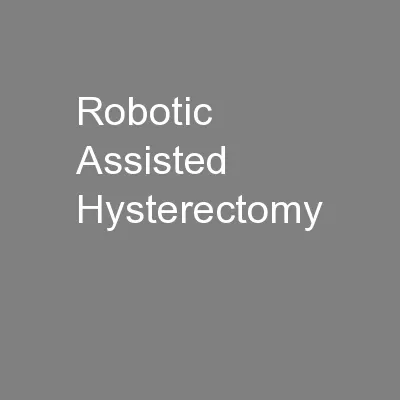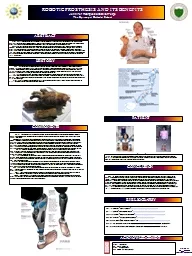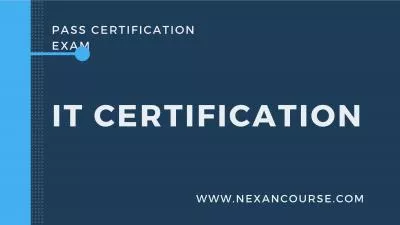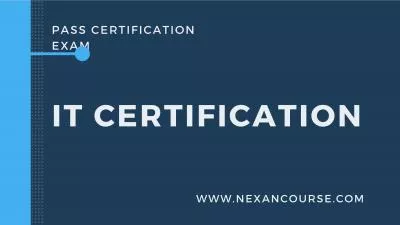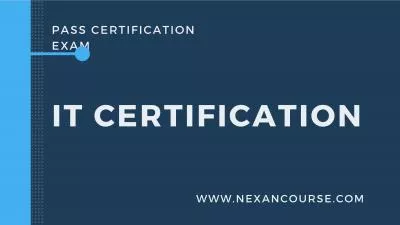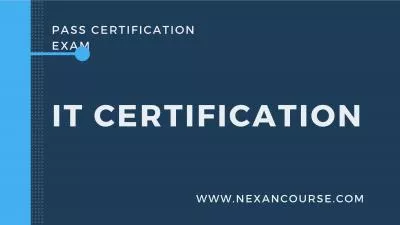PPT-Robotic Process Automation (RPA)
Author : dstech | Published Date : 2022-03-09
Robotic process automation RPA is a software technology that makes it easy to build deploy and manage software robots that emulate humans actions interacting with
Presentation Embed Code
Download Presentation
Download Presentation The PPT/PDF document "Robotic Process Automation (RPA)" is the property of its rightful owner. Permission is granted to download and print the materials on this website for personal, non-commercial use only, and to display it on your personal computer provided you do not modify the materials and that you retain all copyright notices contained in the materials. By downloading content from our website, you accept the terms of this agreement.
Robotic Process Automation (RPA): Transcript
Download Rules Of Document
"Robotic Process Automation (RPA)"The content belongs to its owner. You may download and print it for personal use, without modification, and keep all copyright notices. By downloading, you agree to these terms.
Related Documents

